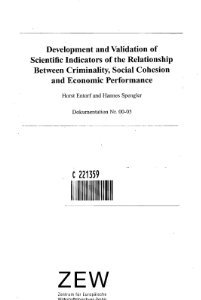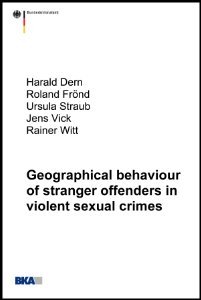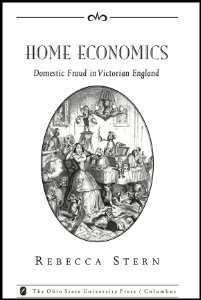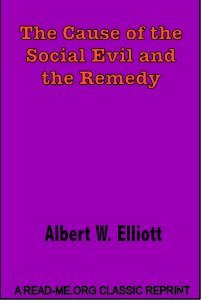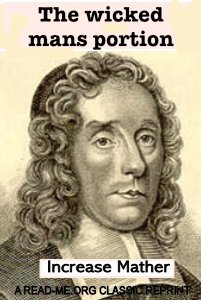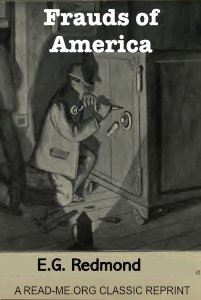By Horst Entorf and Hannes Spengler
According to the European Parliament, unemployment, social disintegration, the lack of an integrative policy, and the worsening of urban services and living conditions cause frustration and despair, especially among economically and socially disadvantaged groups, and constitute unfavourable conditions that might lead to delinquent behaviour. Furthermore increasing poverty and inequality are supposed to be crime-enhancing factors. Based on this view, the European Commission has put out to tender a research project titled "Development and validation of scientific indicators of the relationship between criminality, social cohesion and economic performance" which has been executed by ZEW during the period 1/12/1998 - 29/2/2000. The present publication provides the results obtained from this project. The study intends to contribute to a better understanding of the interactions between criminality, economic performance and social cohesion. We try to achieve this aim by evaluating the existing economic and criminological research (with a special focus on quantitative research) and by carrying out own empirical investigations on the basis of a panel consisting of national time series from the 15 EU member states, an international cross-section of nations and an unique set of regional panel data originating from eight EU member states. Our empirical results about causes of crime reveal the crime reducing potential of intact family values. A smaller number of divorces and earlier marriage significantly reduce delinquency. By the same token, less efficient child care as a consequence of lacking family cohesion might explain the crime enhancing effects found for increasing female labour force participation rates. Further evidence supporting the interdependence of crime and the labour market show up in significant parameter estimates for indicators of unemployment, fixed-term contracts and part-time working. Furthermore, we find that higher wealth is associated with higher property crime rates and more drug-related offences, and that in turn drug offences foster the incidence of property crime.
Mannheim: ZEW- Leibniz Centre for European Economic Research, 2000. 213p.


